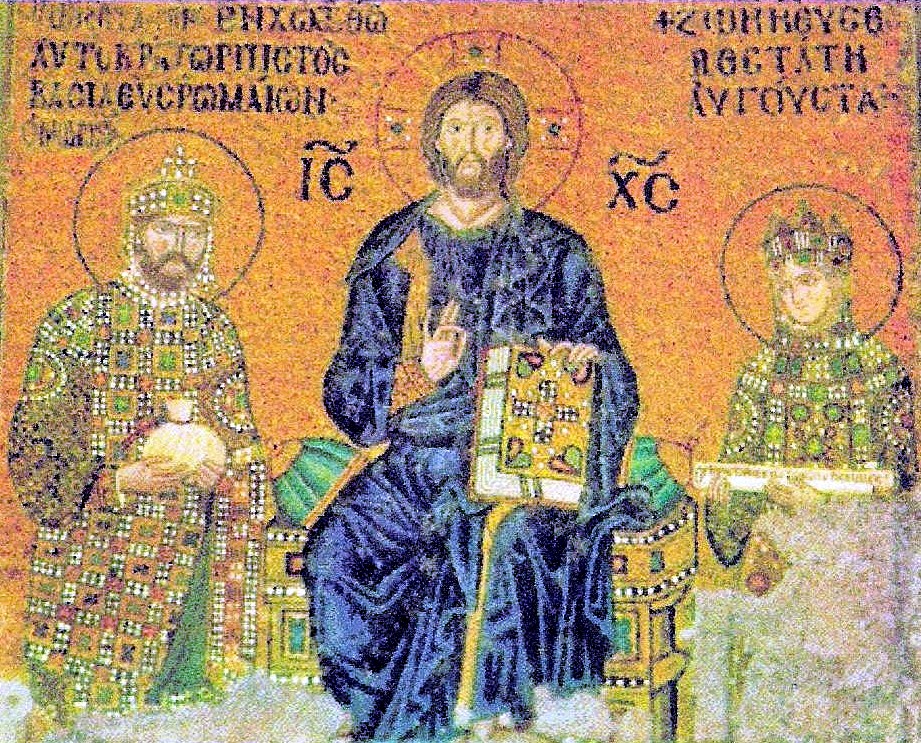The Middle Ages in Europe
and the Roman Catholic Church
5th century - 15th century
While Constantinople (the East Roman Empire) flourished, Rome (the West Roman Empire) after the Goth invasion had become a stomping ground for the northern tribes (Barbarians).
Eventually bishops from Constantinople moved to Rome and slowly, meticulously and cleverly grasped the reins of power. Under their governance Rome underwent a social makeover as people, drawn by the novel idea of the poor man vindicated in the kingdom of heaven, converted to Christianity.
From a small persecuted community the followers of Christ turned his teachings into a rigorous and structured enterprise. In its early stages Christianity was a religion with no philosophical identity until Saint Augustine, one of the founding fathers, used parts of the philosophy of Plato to back Christian dogma. With time the Roman Catholic Church’s autocratic authority covered all of Europe and launched the Middle Ages (Dark Ages, or Medieval Period) that lasted roughly a thousand years.
Rome was in ruins after the fall of the Roman Empire in 376 AD, and in a state of anarchy. The bishops would have to take draconian measures to administrate and control such an unruly lot of barbarians. Unfortunately the Church’s totalitarian rule went beyond the initial stages of necessity until oppression became the standard. The popes suppressed any manner of thinking that went against doctrine and the primary message of love and tolerance, the foundation of Jesus’ teachings, would be lost in a depraved race for power.
All art, philosophy, and literature that did not conform to the canons of faith were destroyed. The works of the ancient Greek philosophers and poets may have been forever lost had it not been for Persian and Arabic translations, most could probably have been found in Constantinople. Some books were hidden in monastery basements in Europe but most were consumed by rats or mildew. With the exception of one book on logic (called Logic) by Aristotle, Plato’s writings were the only works to survive censorship, at least in part.
When Constantine moved half the Roman Empire to the east he was going to a culture culture already greatly influenced by Greek standards. Predictably this caused tensions between the emperors in the East and popes in the West. While Rome was actively suppressing knowledge outside the dogma of the Church, Constantinople was the world's center for learning with a huge library where scholars from all belief systems mingled.
The Crusades, initiated by the popes, became the very tools that brought the works of the Greek philosophers and poets back to Italy towards the end of the Middle Ages, during the first stages of the Renaissance. The writings were discovered by the Humanists, and translators were hired mostly from Spain, which had been under Arab occupation for hundreds of years. The Humanists and their wealthy benefactors were responsible for generating interest in the Greek standard. It became fashionable in Florence to take sides: Aristotle or Plato? So did Greek mythology become fashionable, inspiring artists more than ready ready to experiment after painting only religious themes for a thousand years.
